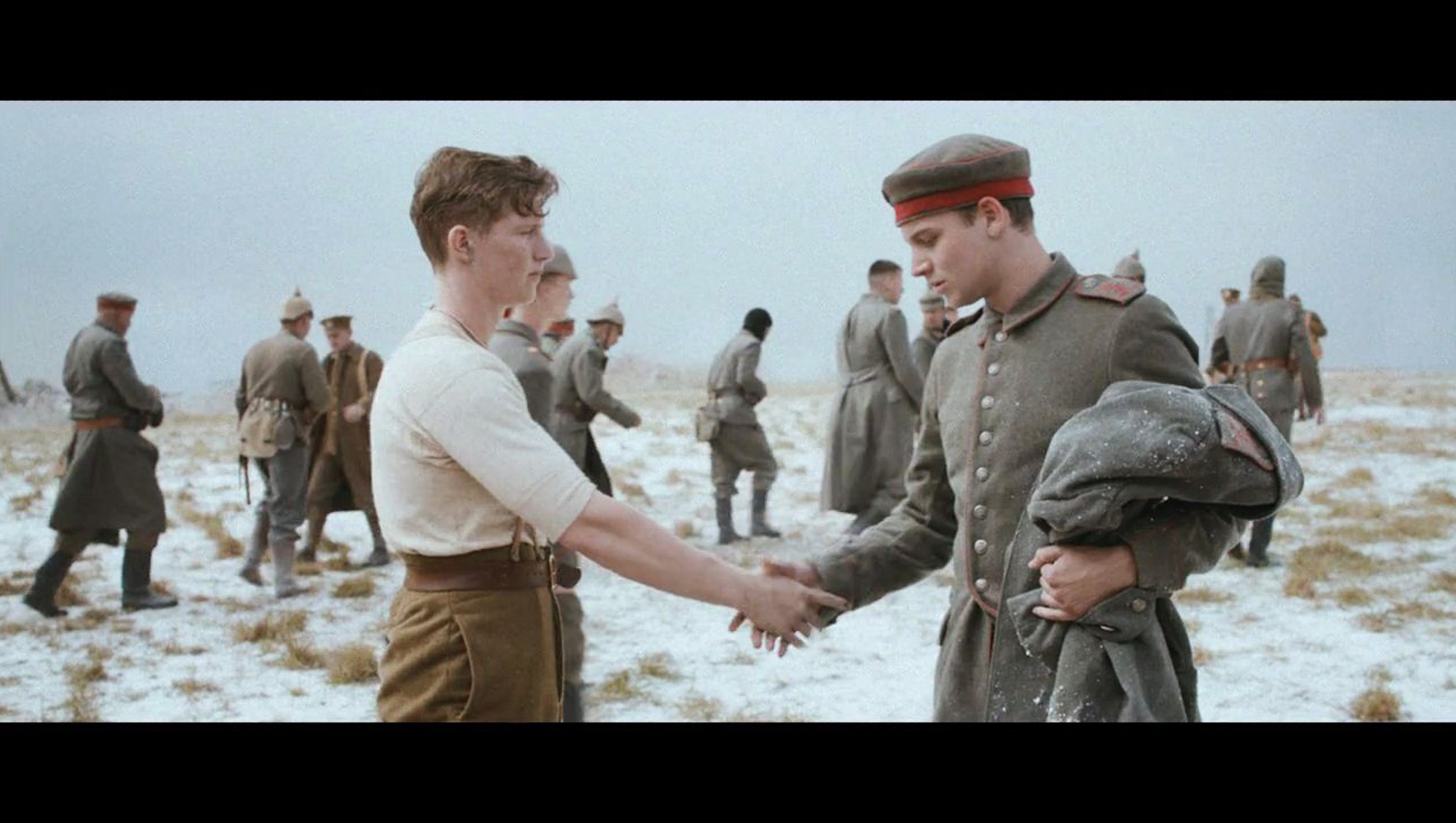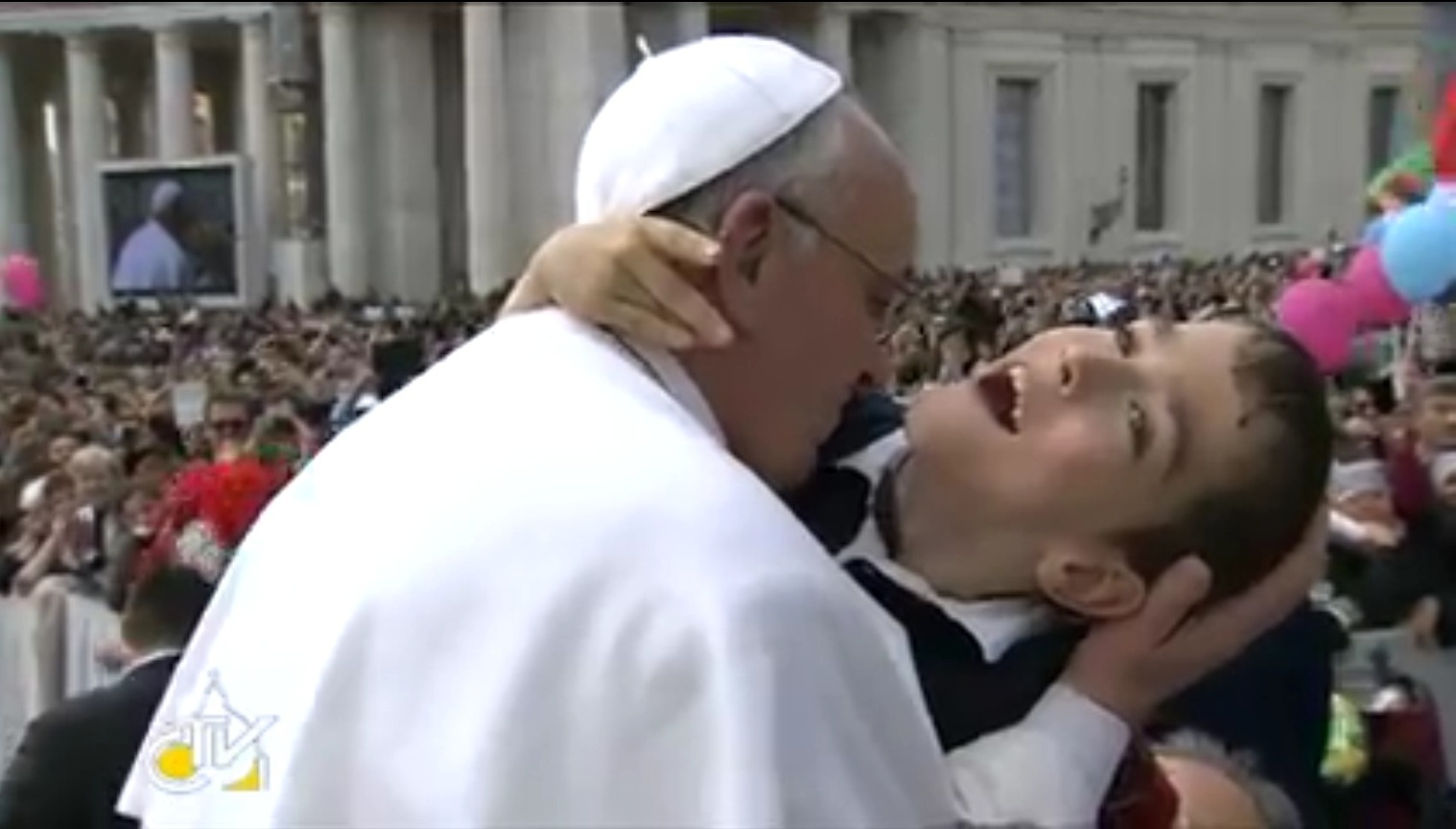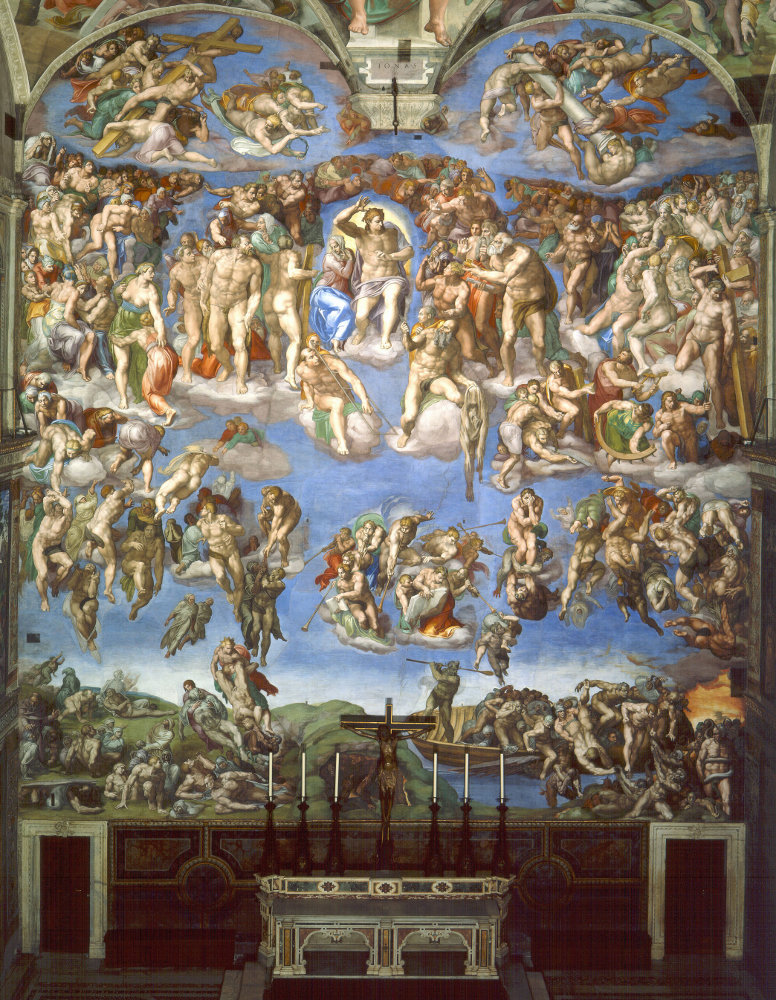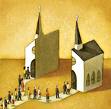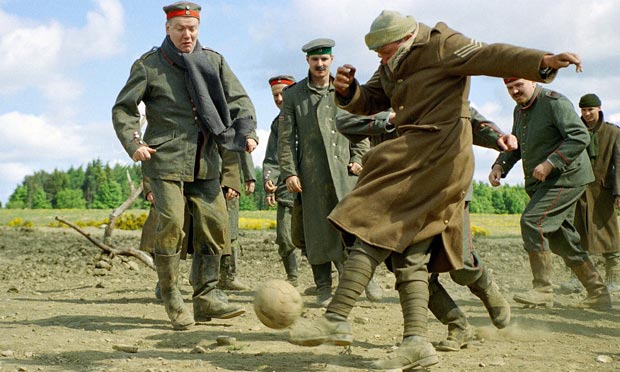 What I find most
interesting about the famous Christmas truce is that it was not a political or
humanitarian decision from above, it came genuinely from the men in the
trenches. Such truces were discussed and
proposed by various leaders, but few believed it was possible and some saw it
as weakness. Pope Benedict XV is known
for appealing to the heads of state to avoid the war before it began and at the
beginning of that December begged again that the warring nations would embrace
a Christmas truce. His appeal fell on deaf ears. The truce happened not as a top down order,
but a grass roots gesture of human decency.
The enemy was so close, their deplorable living conditions similar, and
they all shared the same desire to return to their families. They had more in common than they had
differences – and those common desires evolved into a unifying peace -- which perhaps
was the most authentic celebration of the birth of the savior that one could
have.
What I find most
interesting about the famous Christmas truce is that it was not a political or
humanitarian decision from above, it came genuinely from the men in the
trenches. Such truces were discussed and
proposed by various leaders, but few believed it was possible and some saw it
as weakness. Pope Benedict XV is known
for appealing to the heads of state to avoid the war before it began and at the
beginning of that December begged again that the warring nations would embrace
a Christmas truce. His appeal fell on deaf ears. The truce happened not as a top down order,
but a grass roots gesture of human decency.
The enemy was so close, their deplorable living conditions similar, and
they all shared the same desire to return to their families. They had more in common than they had
differences – and those common desires evolved into a unifying peace -- which perhaps
was the most authentic celebration of the birth of the savior that one could
have.
We've lived for many
years now in a new kind of war. One hundred years after the First World War, we
are still longing for a peaceful world.
We feel powerless and we find ourselves saying someone needs to do something. We look to our leaders and to Pope Francis
for the answers and direction; but the world doesn't seem to change. Within our own nation and our own city we
have been living a painful war these last few months. In the wake of the assassination of two
police officers – political leaders and clergy have called for a truce to this
war but the protests and rhetoric go on. We have battles in our own personal
lives too, wars at home. How many of us
have asked our mother what she wants for Christmas only to receive the reply,
“I just want everyone in this family to get along.”
In the divine wisdom of
God, the savior of the world is not an earthly king, a soldier or even a member
of the religious establishment – but a savior who is close to us in our
humanity. The salvation that we seek
from the battles of our lives is found when we draw close to this child born in
a manger.
God himself literally
comes across the line to be in humanity, because God sees himself in us. We are
made in his image and likeness – so we may know peace.
On the western front of
World War I, soldiers drew close to the child as they spent time with the
savior who was present in their enemy across the line – and they knew peace.
Through the words of the
Gospel, the reception of the Holy Eucharist and our meditation on the nativity
scene before us, - we draw close to the Lord and we hope for his peace.
When we have the courage
to cross the lines of life and see our God in our enemies and our agitators, we
know the saviors peace.
With whom do we need to
come to a truce? Who is across the
table, across the street, down the hall, around the corner, in the next town
over, the bordering nation or across the globe who bears the same struggles and
the same Christ as me? Can we look
across these battle lines of life and see a brother or sister whose joys and
sorrows are the same as mine? Who simply
longs for peace like I do?
We heard St. Paul in his
letter to Titus say, “our savior appeared, not because of any righteous deeds
we had done but because of his mercy.” God
looks across the battle front of human history and he sees his Son in us, he
sees his sons and daughters – and without merit, he extends his mercy, there is
peace. When we look across the battle
fronts of our lives – we can’t help but see Jesus. The innocent child born of meager means, the
man on the cross who dies for us; calling us to be merciful. No one deserves mercy – it is a sacrificial
gift which is the seed of peace.
In the folklore of the
telling of the 1914 Christmas truce, it is often recounted that the carol the
soldiers sang together was, Stille Nacht
- Silent Night. This probably was not accurate, since the
German song was not yet well known to the English speaking Brits. It is more accurately believed that what they
sang together was, “O Come All Ye Faithful,” because both the German and
English speakers would know the tune and its Latin lyrics. Moreover, this carol more accurately reflects
what made the truce possible; faith and the faithful. Not leaders and governments – the faithful
who come to adore Christ.
The birth of Jesus, God
made man, is the manifestation of the divine truth that a genuine peace happens
when the desire to be right is sacrificed for the greater desire of mercy. The child in our midst draws us close this
day and every day so we may recognize him in friend and adversary, extinguishing
our thirst to battle and fostering in us the desire to manifest divine peace.



